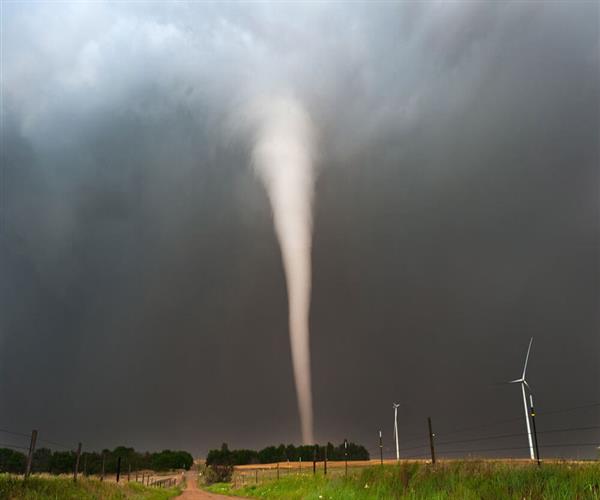Natural disasters can take many forms, but some of the most common include storms, floods, and wildfires. While each type of disaster can be devastating in its own way, they all share one common trait: the potential to cause widespread damage and loss of life.
Storms

Storms can take many different forms, from hurricanes and typhoons to Nor'easters and blizzards. No matter what type of storm it is, however, they all have the potential to cause damage to property and loss of life.
Hurricanes and typhoons are perhaps the most well-known type of storm, and for good reason. These massive storms can span hundreds of miles and pack winds of over 150 miles per hour. When they make landfall, they can cause widespread damage to buildings, uprooting trees, and flooding streets. In the worst cases, they can even cause entire buildings to collapse.
Nor'easters are another type of storm that can be just as damaging as hurricanes and typhoons. These storms typically form off the coast of the northeastern United States and can bring high winds, heavy rains, and even snow. They can also cause significant coastal flooding as they move inland.
Blizzards are another type of storm that can cause significant damage. These storms usually form in cold, arctic air masses and can bring high winds, heavy snowfall, and sub-zero temperatures. Blizzards can make travel nearly impossible and can knock out power for days or even weeks.
Floods
Floods are another common type of natural disaster that can cause significant damage. Floods can be caused by a number of things, including heavy rains, melting snow, and even dam failures. Regardless of the cause, floods can cause widespread damage to property and loss of life.
Heavy rains can cause flash flooding, which can occur with little to no warning. Flash floods can cause water to rise several feet in a matter of minutes, making it impossible to escape. Flash floods can also wash away cars, homes, and even bridges.
Melting snow can also cause floods. When the snow melts, it can create large amounts of runoff that can overwhelm rivers and streams. This can cause the water to rise quickly and flood areas that are normally dry.
Dam failures can also cause floods. Dams are designed to hold back large amounts of water, but if they fail, the water can quickly escape and cause downstream flooding. Dam failures can also cause debris to be swept downstream, which can damage homes and other structures.
Wildfires
Wildfires are another type of natural disaster that can cause significant damage. Wildfires can be caused by a number of things, including lightning strikes, careless camping, and even arson. Regardless of the cause, however, wildfires can spread quickly and cause damage to property and loss of life.
Lightning strikes are a common cause of wildfires. When lightning strikes a dry, grassy area, it can ignite a fire that can quickly spread. If the conditions are right, a wildfire can spread rapidly and cover a large area.
Careless camping is another common cause of wildfires. If campers do not properly extinguish their campfires, the embers can smolder for days or even weeks. If the conditions are right, these smoldering embers can ignite a wildfire.
Arson is another common cause of wildfires. In many cases, arsonists will start a fire in an attempt to collect insurance money. In other cases, however, they may do it simply to watch the destruction. Arson is a serious crime and can result in prison time.
No matter what type of natural disaster it is, they all have the potential to cause damage to property and loss of life. It is important to be prepared for a natural disaster and to know what to do if one occurs.